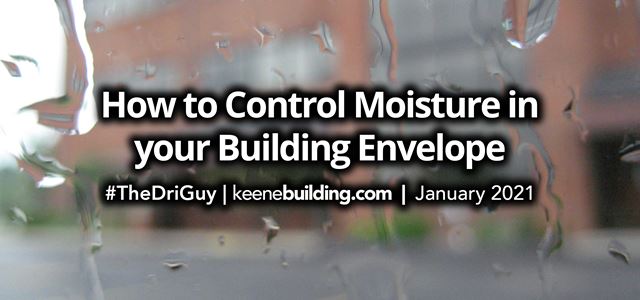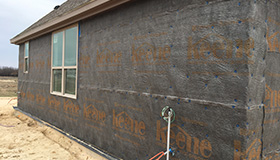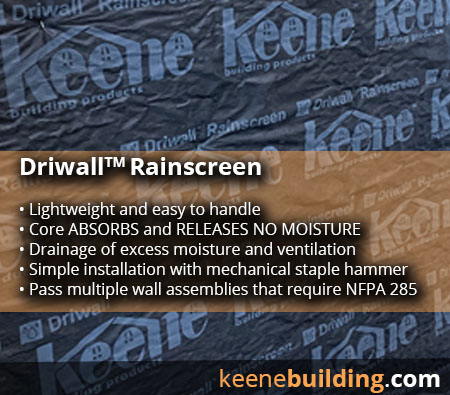
The key to mold, mildew, and bacteria control is MOISTURE MANAGEMENT.
Moisture control is fundamental to any home, apartment, or building. Moisture problems and issues often arise and are inevitable.
What is Moisture Control?
The ability of air to hold water vapor increases as it warms and decreases as it cools. ... In addition to air movement, you also can control temperature and moisture content. Insulation reduces heat transfer or flow, so it also moderates the effect of temperature across the building envelope cavity.
 The biggest causes of moisture problems in homes are often from poor design and construction practices. Moisture problems are often very costly. Typical moisture costs come from mold, mildew, or bacteria coming into the home assembly.
The biggest causes of moisture problems in homes are often from poor design and construction practices. Moisture problems are often very costly. Typical moisture costs come from mold, mildew, or bacteria coming into the home assembly.
How can you control moisture?
“Moisture controls include site drainage, gutter systems, above- and below-grade drainage planes, effective flashing, condensate drainage and humidity controls. (1)”
A common problem builders and contractors face is that building assemblies and materials get wet.
What is the solution?
 Control the liquid water movement (1). In terms of building envelope, a rainscreen is the first layer of ventilation material on the wall, besides the siding itself; it can be an entire system of siding, drainage plane, and moisutre/air barrier. An effective rainscreen allows drainage of excess moisture and provides ventilation. It also provides no source for the promotion of mold, mildew, or bacteria which helps control moisture.
Control the liquid water movement (1). In terms of building envelope, a rainscreen is the first layer of ventilation material on the wall, besides the siding itself; it can be an entire system of siding, drainage plane, and moisutre/air barrier. An effective rainscreen allows drainage of excess moisture and provides ventilation. It also provides no source for the promotion of mold, mildew, or bacteria which helps control moisture.
HOW? The Keene Solution: Our driwall rainscreen applications.

Join us next time when #TheDriGuy will dive deeper into rainscreen, best practices, and more!
Stay tuned.
-
https://www.epa.gov/sites/production/files/2014-08/documents/moisture-control.pdf